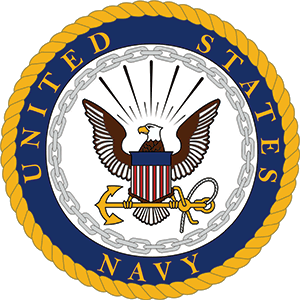ABOUT VP71G NAS Alameda
- Origin of VP-71G: VP-71G was a Navy Patrol Squadron unit, part of the Naval Air Reserve, based at NAS Alameda, California during the post-WWII era.
- Reserve Squadron Status: The "G" designation indicated it was a reserve squadron, specifically assigned to Group 71 of the Naval Air Reserve Training Command.
- Aircraft Operated: VP-71G flew the iconic PBY Catalina flying boats and later transitioned to the PV-2 Harpoon patrol bomber aircraft.
- Cold War Training: The squadron played a role in training airmen and preparing crews for anti-submarine warfare during the early years of the Cold War.
- NAS Alameda’s Legacy: NAS Alameda, their home base, was a major West Coast naval air station and hosted numerous reserve and active squadrons through the 1940s-1950s.
- Community Engagement: VP-71G was active in community events in the Bay Area, including air shows and public demonstrations, strengthening Navy-civilian relations.
- Transition to Jet Age: The squadron saw the transition from piston-engine patrol planes to the early jet age, reflecting broader changes in Naval Aviation.
- Disestablishment: Like many reserve units, VP-71G was eventually disestablished as postwar defense priorities shifted and the Naval Reserve was reorganized.
- Veteran Legacy: Alumni of VP-71G have contributed to local veterans’ organizations and have kept the squadron’s memory alive at reunions and through historical societies.
- Role in Naval History: Although not widely known, VP-71G and similar squadrons were vital in keeping naval aviation skills sharp among reservists, providing a trained pool ready for rapid deployment if needed.

